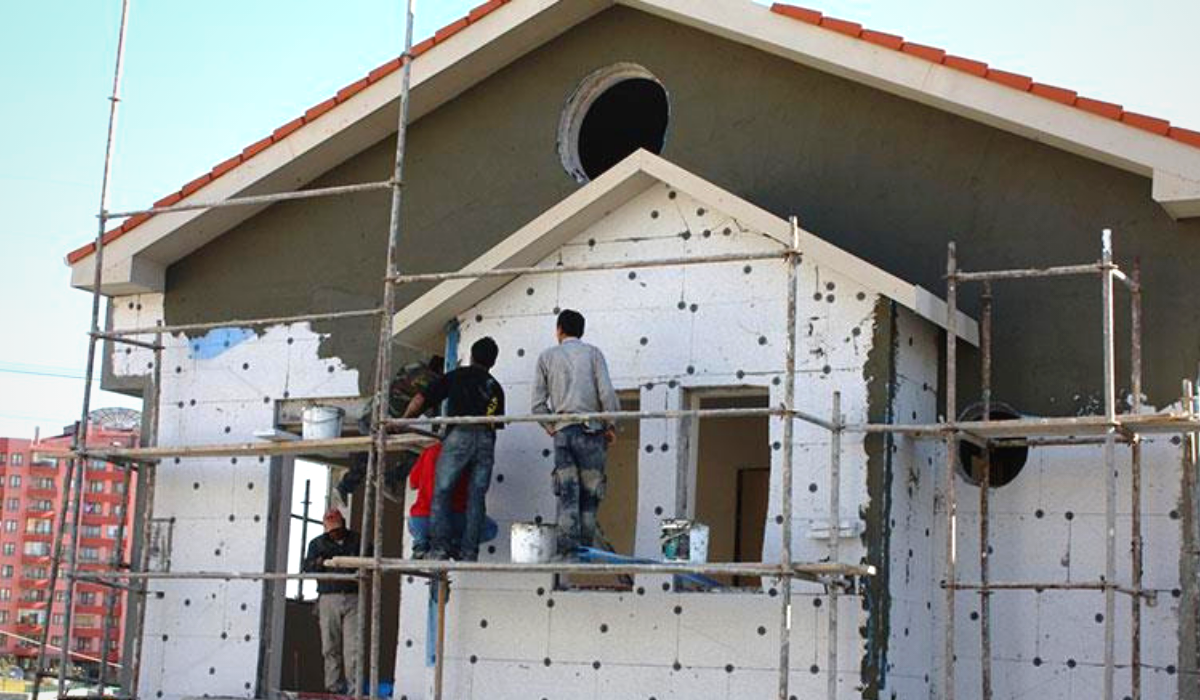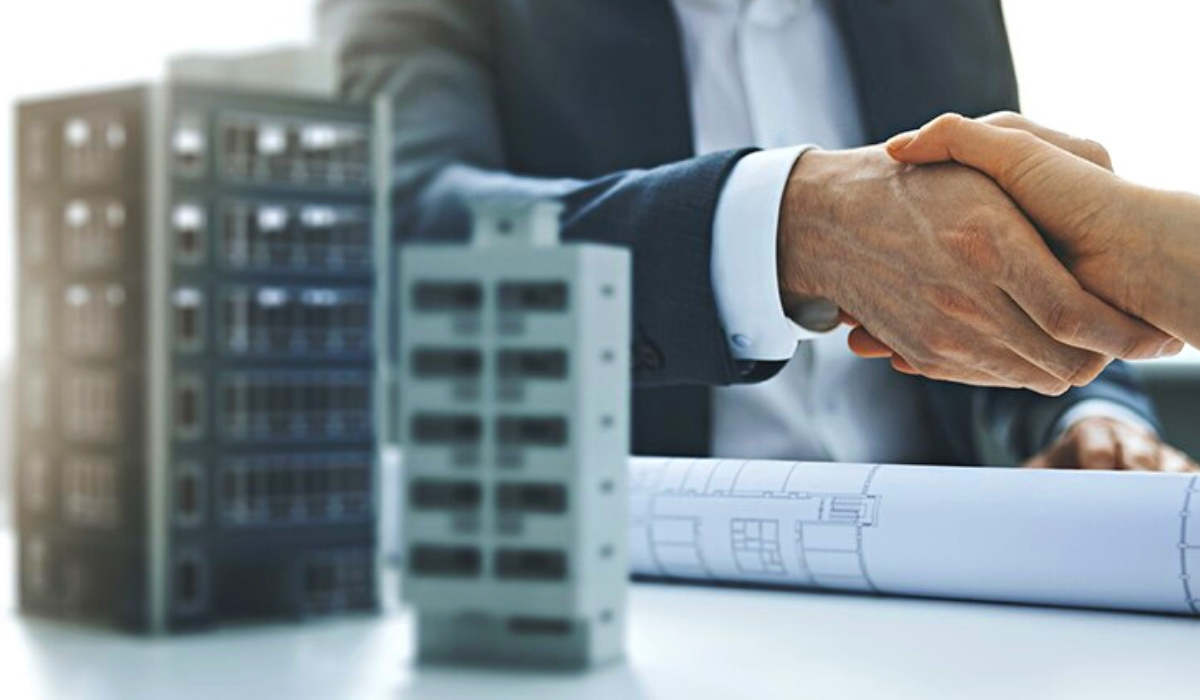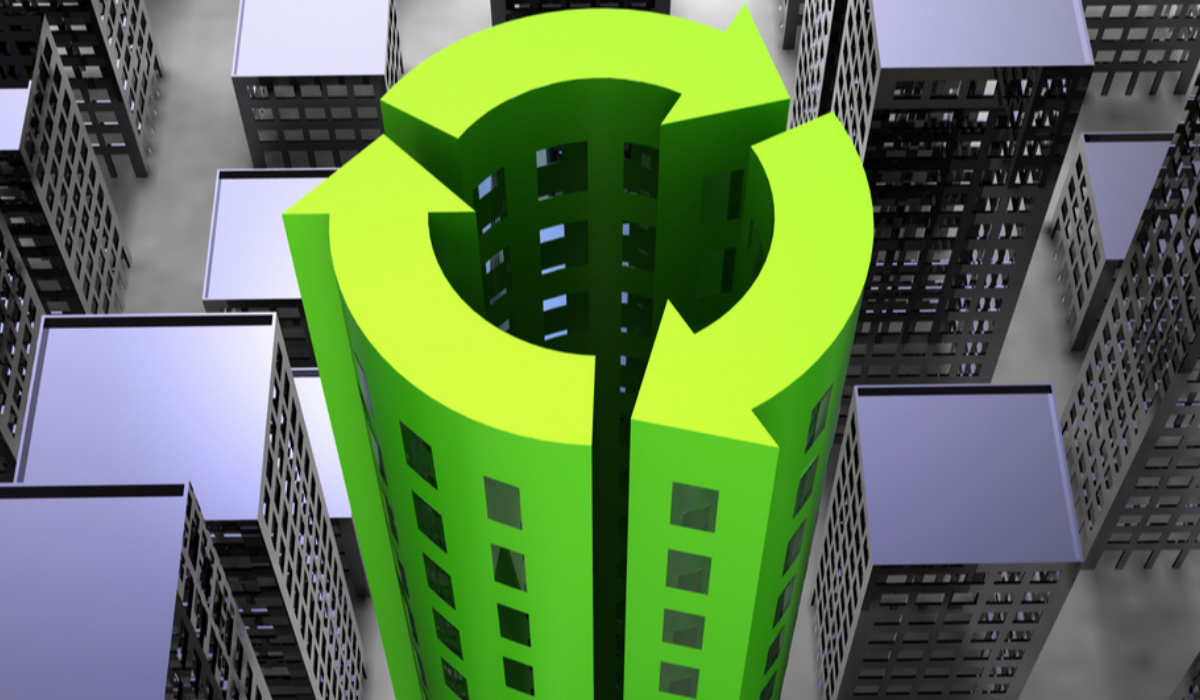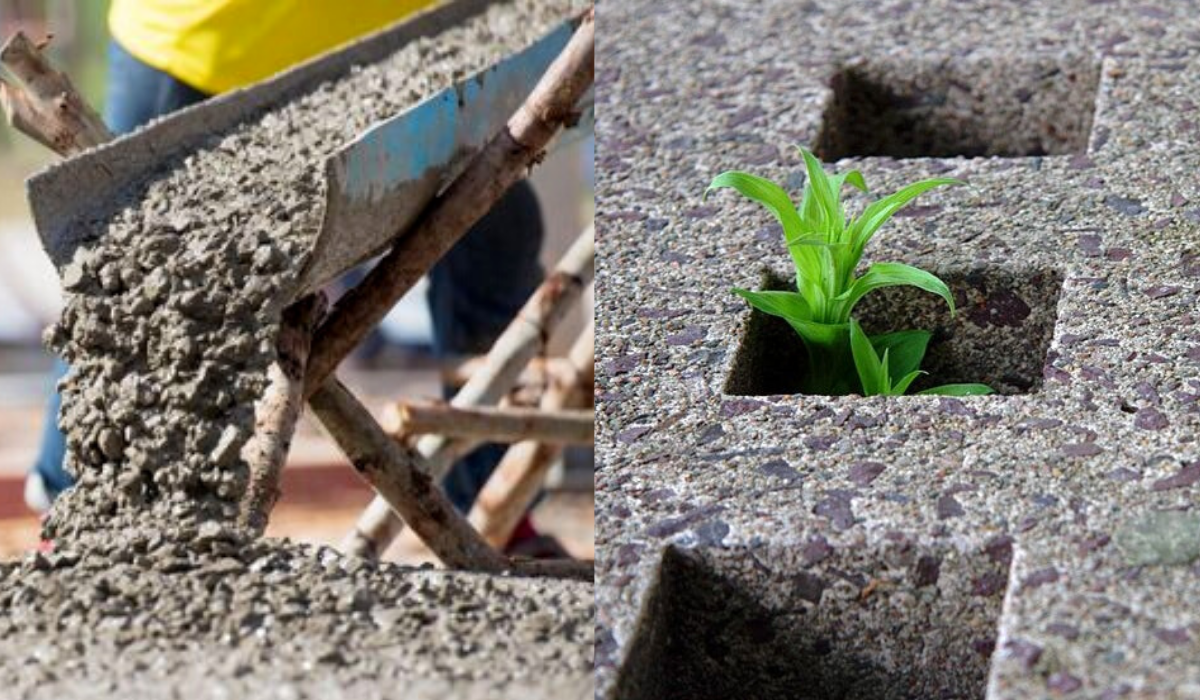Buildings consume 20 percent of the total energy produced worldwide. They are responsible for about 40 percent of total energy consumption and 36 percent of greenhouse gas emissions in EU countries. An average of 10 billion dollars a year is wasted on unsheathed (non-insulated) “Energy Waste” buildings and on cooling the air in summer and heating in winter. Heat loss occurs at the rate of 40 percent from the walls of the uninsulated buildings, 25 percent from the roofs, and 20 percent from the doors and windows.
Heat losses in uninsulated (non-sheathed) buildings, heat naturally flows from a hot area to a cool (cold) area and houses suffer from this heat transfer. In winter, warm air from inside moves out and this makes the indoor environment cold. In summer, hot air moves from outside to inside, creating an uncomfortable hot environment indoors. Therefore, there is always a “hidden draft” in the interiors of uninsulated buildings. The secret current makes people sick.
Heat is unstable in uninsulated buildings; In winter, the north side is cold, in summer the south side is sweaty. An uninsulated (non-sheathed) building cannot be kept healthy, comfortable, efficient and economically warm in winter and cool in summer. Depending on the outdoor air temperature and wind speed, the indoor air temperature in an uninsulated (non-sheathed) building changes frequently with air movement and humidity. Significantly excessive premature mortality is associated with cold and heat waves, and ambient temperature has a short-term effect on morbidity. Thermal discomfort occurs when the indoor temperature drops below 18 degrees and rises above 24 degrees.
An uninsulated (non-sheathed) building is damp, wears out quickly, and collapses early. Because the building is sick, it also makes the people who live in it sick. Cold homes are often damp homes, and damp homes can provide suitable environments for lung-damaging particulate matter (especially mold) and other pollutants.
Environmental factors affecting thermal comfort conditions in building interiors:
- The temperature difference between the inner surface of the outer wall (including windows) and the indoor environment
- Moisture formation on the inner surface of the outer wall, especially in the columns and beams
- The latent air flow rate between the inner surface of the outer wall (including windows) and the indoor environment
- Physical inactivity
- The amount and type of clothing worn indoors.
Buildings that do not provide thermal comfort conditions worsen the quality of life of people. Since people are immobile indoors, they are adversely affected by sudden ambient temperature changes, humidity increase and air movement, especially in uninsulated (non-sheathed) buildings. Uninsulated buildings lead to excessive energy consumption in heating and cooling, health expenditure, excessive greenhouse gas emissions, high bills and impoverishment. Uninsulated (unsheathed) buildings that get cold in the winter and sweat in the summer often make people sick. It causes premature death especially in people aged 65 and over and in the risk group of 5 years and under. It is not possible to provide thermal comfort conditions in non-insulated (non-sheathed), energy-inefficient, building interiors. The damage caused by uninsulated buildings to people and buildings is very costly.
The effects of uninsulated (humid, cold in winter and extremely hot in summer, uncomfortable, unsafe and unhealthy) buildings on residents and employees whose thermal comfort conditions are not improved:
- High physical and mental health risks
- Headache, watery eyes, bleeding in the nose, congestion in the nose and sinuses, cough, cold and flu-like symptoms, chest tightness, asthma, cough, gastrointestinal complaints as well as a constant feeling of tiredness, headache or malaise.
- High absenteeism and high health expenditures
- Decreased productivity and comfort problems due to diseases related to humidity due to increased humidity indoors
- Inflated energy bills consumed in heating and cooling
- Low working efficiency
- Health reports fluffy
- Low production efficiencies
- High health insurance costs
- Residents (65 years and older and 5 years and younger) often get sick
Those who live/work in uncomfortable buildings where the energy used for heating and cooling is wasted and money is wasted:
- They go to the hospital more often
- They get a report
- They work reluctantly and inefficiently
- They complain about gas and electricity bills. Usually the lower half of the house breathes from its surroundings and the upper half breathes into its surroundings. Damages to non-sheathed (non-insulated) buildings are very costly.
Among these costs:
- Repair and replacement of structural fasteners due to mold
- The shortening of the life of the building, its insecurity, premature decay and renewal
- Damage and premature replacement of wiring and moisture sensitive materials
- Mold, damage and replacement of all items and materials such as furniture, carpets
- Shortening the useful life of damaged buildings and increased insurance and costs during repairs
Energy consumption in uninsulated building:
- Energy is consumed like syrup in heating and cooling and the bills are high.
- Causes greenhouse gas emissions, global warming and air pollution.
- Carbon footprint is very high.
- Large capacity with much higher cost in heating and cooling cause the equipment to be used.
- Living in a cold house has a high health risk.
- In France, households spend 10 percent of their current income on energy to keep indoor temperatures within the thermal comfort range.
Non-insulated (non-sheathed) buildings;
- It makes the air and people sick. Increases healthcare costs and lowers productivity.
- It consumes natural resources excessively.
- They are insecure.
- They’re noisy.
- They’re ugly.
- They age prematurely and rot. Energy expenditures in heating and cooling are high.
If you live or work in uninsulated uncomfortable buildings;
- Do not sit close to the outer wall.
- Do not sleep with your head close to the outer wall.
- Do not work sitting close to an outside wall.
Houses and offices should not be purchased or rented from buildings that have not been measured by thermal cameras and have no images, under suitable climatic conditions, by impartial experts. Thermal camera images show whether a building is insulated. It is unbelievable that people living in uninsulated buildings pay (spend) so much money on energy to pollute the planet.
With the images obtained by taking thermal camera shots, it is possible to control or consult whether the energy is used efficiently in the buildings. Some thermal camera images can be made before arriving at the construction site. While detecting energy leaks (energy waste) is important, determining construction quality or performance may be a more valuable use for thermal cameras.
Energy savings cannot be made without seeing the thermal change in the building. Before and after insulating the building, thermal camera shots should be taken by experts (third party) and it should be seen whether the building is actually insulated. As the earth continues to warm with the effect of global warming, the energy consumed in cooling will increase abnormally. When the necessary jacketing measures are not taken, electricity consumption will peak in the summer. The cheapest energy is energy that is never used.
Credit: Mustafa ÖZTÜRK / www.santiye.com.tr/





